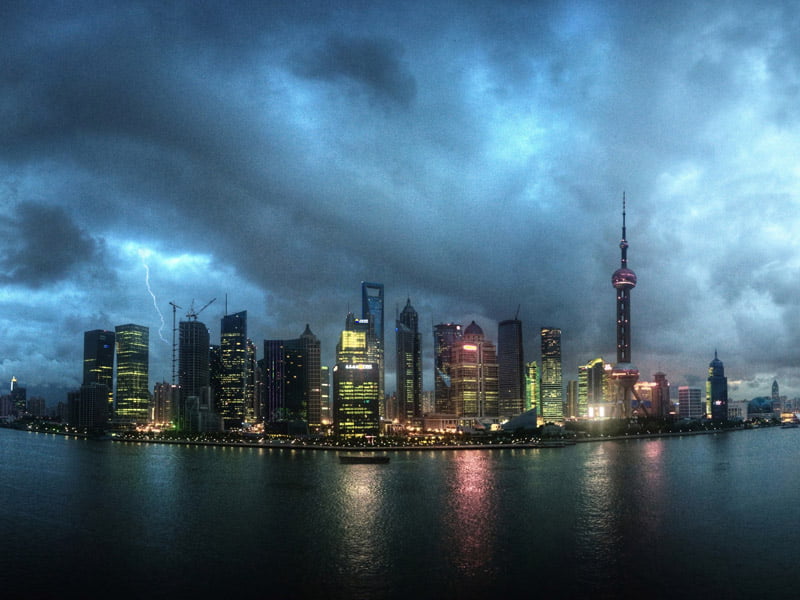During this Chinese Year of the Monkey, China is set to overhaul Japan as the second largest spender on information and communication technology after the United States.
New forecasts issued by Forrester Research show that China’s business and government expenditure on technology will top US$224 billion this year, as well as telecommunications, compared with US$203 billion for Japan.
The US will remain the top global market for tech goods and services as enterprises there are predicted to spend a massive US$1.13 trillion in 2016.

“Global tech spending will increase to $2.9 trillion, an increase of 4.5 per cent as measured in constant – or local-currency terms. This continues the trend of 4 per cent to 5 per cent growth, but is down from Forrester’s August 2015 forecast, which projected 5.6 per cent growth,” according to Forrester’s recent forecast.
The group’s estimate includes telecommunications spending for the first time (and about time, frankly). This means that the overall size of the global market for tech purchases by business and government is increased by US$625 billion to a total of US$2.9 trillion in 2016, according to analyst Andrew Bartels.
He chose India and China as the two significant Asian economies that would see increases in tech spending of more than 6 per cent.
For all the difficulties that are involved in making a success of a technology business in China – the infringements on intellectual property, finding the right Chinese partners and choosing the right territories in which to focus in such a vast market – this massive technology spending power still makes the country attractive for the brave.
It is apposite that Trade and Investment Minister Andrew Robb’s upcoming mega-trade mission to China – the Australia China Business Week being held in at least eight cities across the country from April 11-15 – will include an ‘innovation’ stream that will traverses the country’s three major technology hubs: Shenzhen, Shanghai and Beijing.
“China is investing heavily in R&D and technology and is forging partnerships with many of the world’s leading players for market testing and rapid commercialization,” the trade visit’s official blurb says.
Draft program noted show that delegates on the innovation streams will visit incubators and accelerators hubs in all three cities including Shanghai’s Zhangjiang Hi-Tech Park and Beijing’s Zhong Guan Sun Science Park. Program notes claimed, perhaps a little audaciously, that the Beijing version is “China’s Silicon Valley”.
Really? Locally based technology insiders will all tell you that the relatively relaxed Shenzhen, which is only 50 kilometers from Hong Kong, is the real centre of private enterprise innovation in China.
In fact, two of China’s four IT&T giants, Tencent and Huawei Technologies are based in Shenzhen, and Alibaba is headquartered in Hangzhou in the Yangtze River Delta. Only search behemoth Baidu is based in the nation’s capital.
“The country has a dynamic start-ups ecosystem, including some of the largest incubator centres in the world. Local funds and investors are seeking overseas investment opportunities. China wants to know what Australia brings to the table,” Austrade asserts.
The initial invitation sent from Austrade to Australian businesses, urging them to participate promises a raft of both federal and state ministers for the program. This is smart, as the presence of ministers opens door that are otherwise bolted firmly shut in status and hierarchy obsessed Chinese officialdom.
The nine streams of the ambitious program will finish in Shanghai for a gala(h) event.
It’s not just the Innovation stream of the event with which the government is luring Australian technology companies. The mining stream is branded as the “Mining Equipment Technologies and Services – Smart Mining”. As well as Beijing and Shanghai its delegates will stream will visit Inner Mongolia – a major mining province in the country’s north.
The Urban Sustainability and Water Management stream has the potential to traverse terrain in one of the most potentially lucrative sectors: China’s vastly improve water management it is to survive in its present form.
“The Chinese Government has developed a range of measures to address major social, environmental and economic issues brought about by fast-paced industrial growth and urbanisation. This program will promote Australian research, planning, design and technology capabilities, as well as new opportunities resulting from ChAFTA,” the Austrade program notes said.
Technology solutions will also form a key part of the Agribusiness, Financial Services (Fintech) and the Health and Aged Care streams.
As the Chinese like to say in Mandarin for Chinese New Year, in their not-so-subtle way, “Gong Xi Fa Cai” (wishing you increased wealth).
Do you know more? Contact James Riley via Email.

